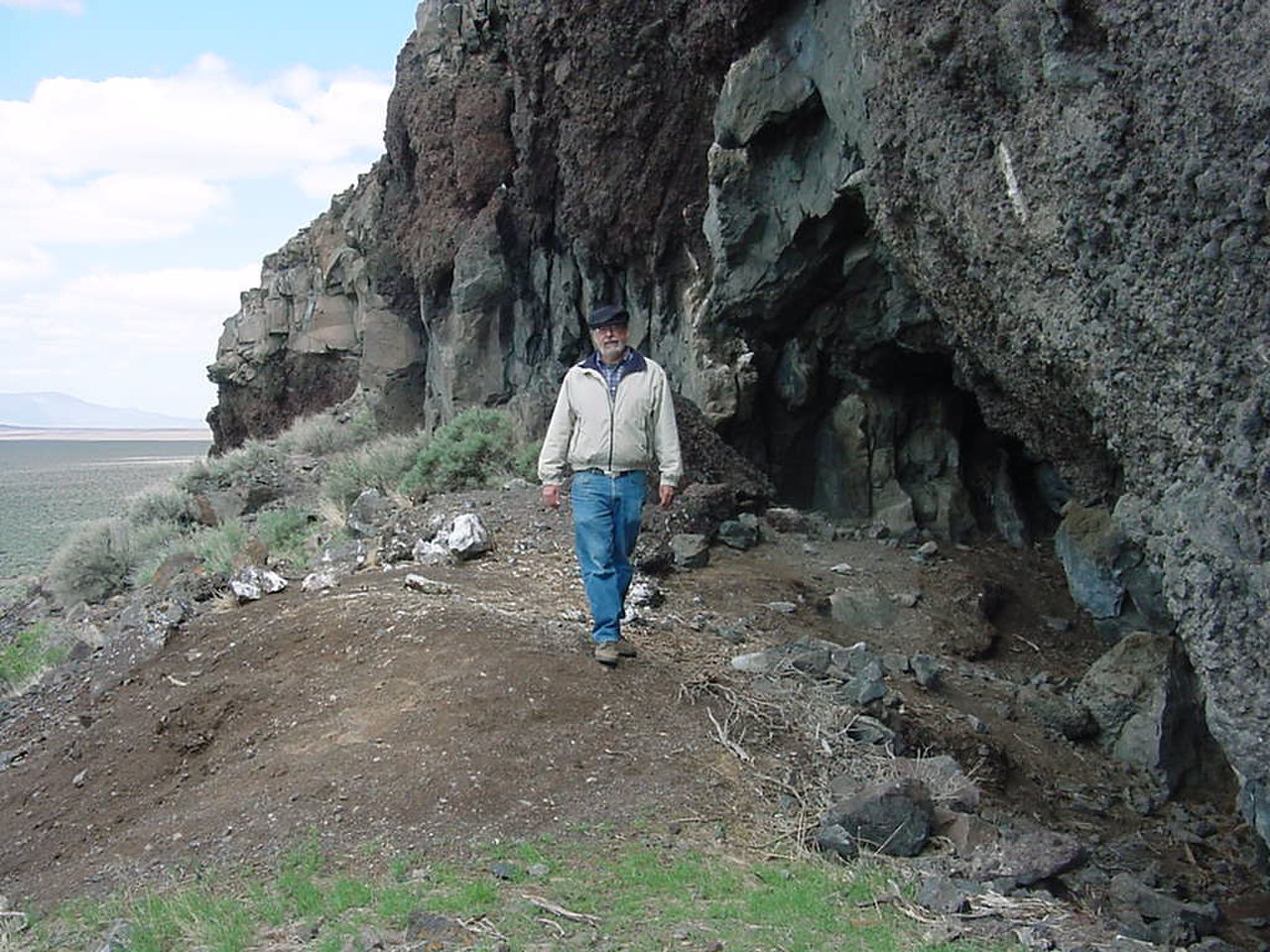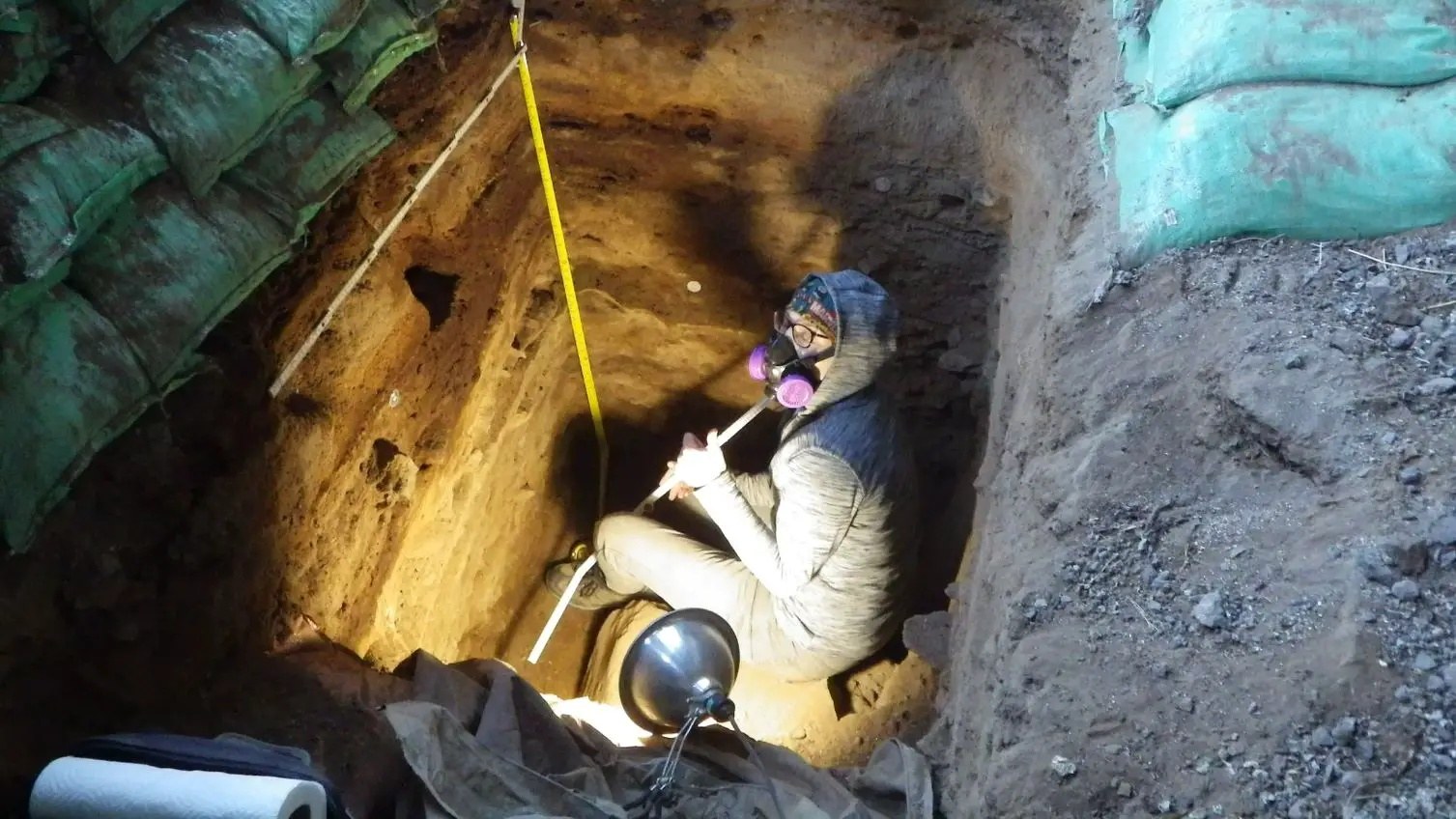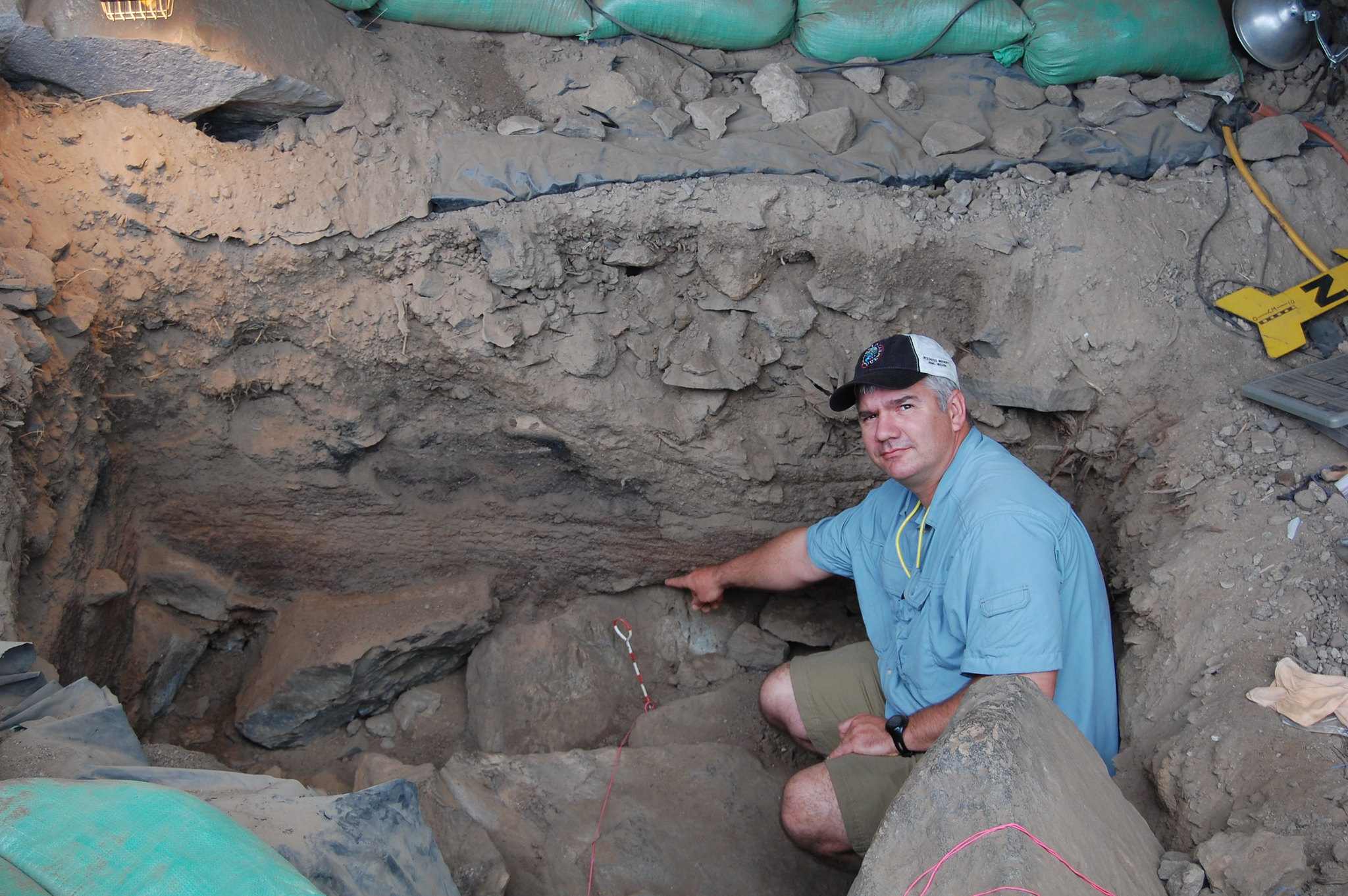The earliest known settlement in North America has been discovered. The Paisley Five Mile Point Caves in southern Oregon, near the Fremont-Winema National Forest, have been officially added to the list of the most important archaeological sites in the United States by the United States Park Service under the authority of the National Historic Preservation Act of 1966.

Since 1938, the caverns have been a prominent archaeological site, but with breakthroughs in carbon dating and other technologies, the site continues to provide fresh finds.
Archaeologist Dr. Luther Cressman, known as the “Father of Oregon Archaeology and Anthropology,” began work in Paisley Caves in the late 1930s and lasted until the 1960s, according to The Oregon Encyclopedia.
He helped to establish the anthropology department at the University of Oregon and was the first director of what would become the Oregon State Museum of Anthropology.
Before Cressman’s groundbreaking work, scientists believed the earliest inhabitants of North America were the Clovis People whose distinguishing spearheads record their places of residence.

National Geographic states that it was first believed that the ancient inhabitants of North America migrated en masse from Asia about thirteen thousand years ago, but according to Michael Waters, director of the Center for the Study of the First Americans at Texas A&M University, evidence of human occupation before the Clovis culture has been found at numerous sites.
In 2002, Dr. Dennis L. Jenkins, archaeologist and Field School Supervisor for the Oregon State Museum of Anthropology at the University of Oregon, and his students began to reassess the caves explored by Cressman, and, in 2008, reported that human DNA in coprolites (feces) dated between 14,000 and 15,000 years ago had been found leading them to believe humans had been in the Americas at least one thousand years before the Clovis people and that the first human population originated in northeast Asia rather than Africa.
The team tested soil, gravel, and sand separately as well as obsidian and bone tool fragments, sage cordage and grass threads, cut animal bones, wooden pegs, and debris left over from fire pits along with Pleistocene animal bones.
The desiccated human feces were considered the most important finds and were sent to Dr. Eske Willerslev, Director of the University of Copenhagen’s Center of Excellence GeoGenetics.

He discovered that the samples included human mitochondrial DNA from peoples previously known to have moved from Asia to the Americas, as well as several radiocarbon dates calibrated to more than fourteen thousand years ago, predating the oldest Clovis sites by over a thousand years.
Others questioned the legitimacy of the discovery due to prior work done by Cressman and others noting that the deposits were not discovered in situ (their original location) and may have been cross-contaminated.
Further research done in 2009 discovered a serrated bone tool that predated the Clovis people, and the analysis of coprolites was confirmed.




